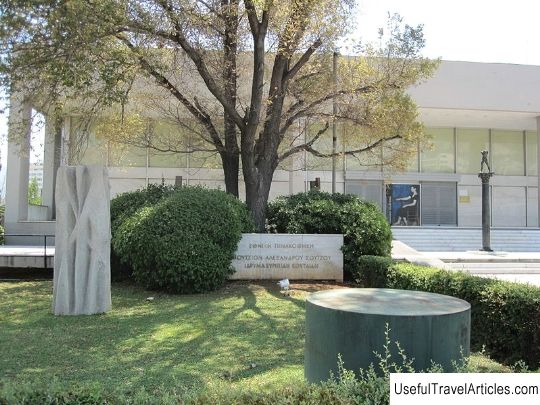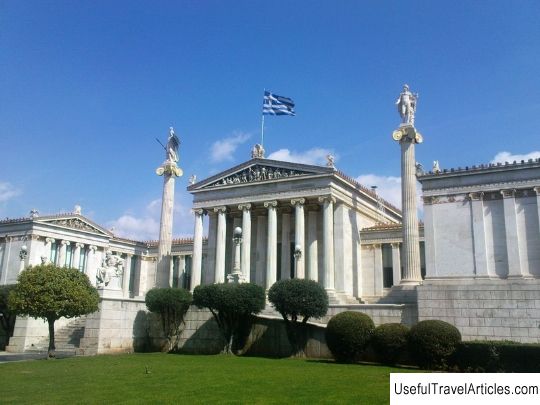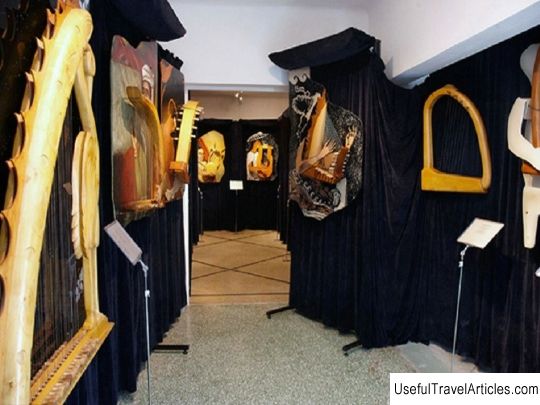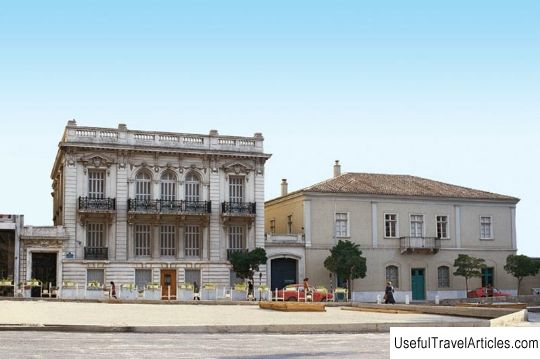Byzantine Museum (Byzantine Museum) description and photos - Greece: Athens
Rating: 8,7/10 (1245 votes) 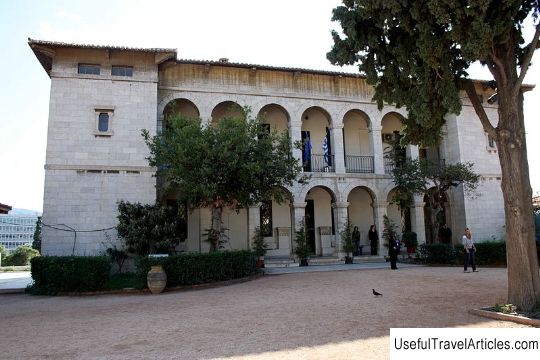
Byzantine Museum (Byzantine Museum) description and photos - Greece: Athens. Detailed information about the attraction. Description, photographs and a map showing the nearest significant objects. The title in English is Byzantine Museum. Photo and descriptionLocated on Vasilissis Sophias Avenue near the Evangelismos metro station, the Byzantine and Christian Museum is rightfully considered one of the best museums in the capital of Greece, Athens, and has the status of a "national museum". The museum was founded in 1914, and the basis of its collection is a unique collection of artifacts belonging to the Christian Archaeological Society. For a very long time, the collection was kept in the vaults of the National Archaeological Museum, and only in 1924 was it first presented to the public in specially designated rooms for the exhibition at the Academy of Athens. In 1930, after the restoration under the leadership of Aristotelis Zahos, the new home of the museum was the Villa Illysia - the former winter residence of the Duchess of Piacenza Sophie de Marbois-Lebrun on Vasilissis Sophias Avenue, built in 1848 by the project of the famous Greek architect Cleantis Stamatis. A number of global transformations aimed at expanding the exhibition area were carried out in the late 20th - early 21st century, including the construction of three underground floors, but in general, Villa Illisia has retained its original appearance and is an important architectural monument. The museum's impressive collection includes more than 25,000 Byzantine and Christian art pieces from various parts of Greece, spanning a vast period of time, starting in the 3rd century AD. and up to the 20th century. The museum collection includes Byzantine and post-Byzantine icons, ceramics, metal and silverware, sculpture, mosaics, wall paintings, manuscripts, incunabula, bronze engravings, coins and much more. Among the most interesting exhibits of the museum are the icon of the Archangel Michael (14th century), the icon of St. Catherine (Veria, 14th century), the iconostasis from Evrytania (17th century), the double-sided icon of St. George from Kastoria, a bas-relief depicting John Baptist (Zakynthos, 17th century), marble templon (altar barrier), and Roman figurines of Orpheus (Aegina, 4th century) and the Good Shepherd (Corinth, 4th century). In addition to the permanent exhibition, the Byzantine and Christian Museum regularly hosts specialized exhibitions, as well as thematic lectures, seminars and general education programs, including for schoolchildren.           We also recommend reading Adrines beach description and photos - Greece: Skopelos Island Topic: Byzantine Museum (Byzantine Museum) description and photos - Greece: Athens. |

